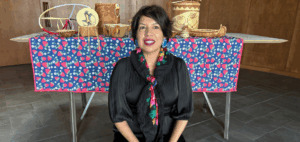As part of Algonquin College’s commitment to expanding the traditional Anishinàbe (ah-nish-in-AHH-bay) Algonquin Nation language on campus, we are sharing vocabulary, phrases and information to familiarize learners and employees with the traditional language.
campus, we are sharing vocabulary, phrases and information to familiarize learners and employees with the traditional language.
The School of Wellness, Public Safety and Community Studies is the place to find programs designed for those learners (kekināmāwindjig) who want to make a meaningful impact through patient care, client service, community protection (takoniwewininì) or promoting health (mino pimàdiz-i) and wellness. Continue reading

